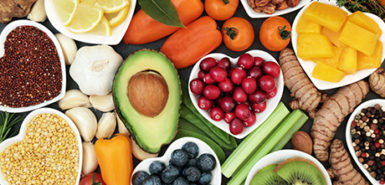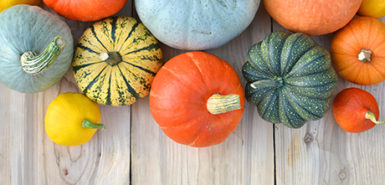
How do you make healthy food more popular? Start by giving it a yummy-sounding name, researchers say.
People are much more likely to choose good-for-you foods like broccoli or carrots if labeled with names that emphasize taste over nutritional value, according to Alia Crum, an assistant professor of psychology at Stanford University, and her colleagues.
In previous research, Crum’s team found that Stanford students were far more likely to go for decadent-sounding veggies like “twisted citrus glazed carrots” over an equivalent option that might be labeled “dietetic carrots.”
The key, however, is the food must actually be tasty, the new study confirms.
“This is radically different from our current cultural approach to healthy eating which, by focusing on health to the neglect of taste, inadvertently instills the mindset that healthy eating is tasteless and depriving,” Crum, senior author of the new report, said in a university news release.
“And yet in retrospect, it’s like, of course, why haven’t we been focusing on making healthy foods more delicious and indulgent all along?” she added.
In the new study, the researchers tracked food choices made by students enrolled across a network of 57 U.S. colleges and universities. The investigators looked at 71 vegetable dishes labeled with either taste-focused, health-focused or neutral names.
Students were 29% more likely to select veggies when taste was emphasized rather than health. And they were 14% more likely to consume vegetables that had a tasty-sounding name instead of a nondescript name, such as “orange vegetable.”
Diners also ended up eating nearly 40% more vegetables (by weight) when appetizing marketing was deployed, the findings showed.
Mouth-watering names increase a diner’s expectation of a yummy meal, Crum said. Certain key words—such as “garlic,” “ginger,” “roasted,” “sizzling” and “tavern-style”—seem to do the trick, she noted.
Knowing this could make a difference in the effort to get people, particularly young people, to eat more healthfully, the study authors said.
According to study co-author Bradley Turnwald, “College students have among the lowest vegetable intake rates of all age groups. Students are learning to make food decisions for the first time in the midst of new stresses, environments and food options. It’s a critical window for establishing positive relationships with healthy eating.”
The report was published online recently in Psychological Science.
 /a>
/a>
 /a>
/a>
 /a>
/a>